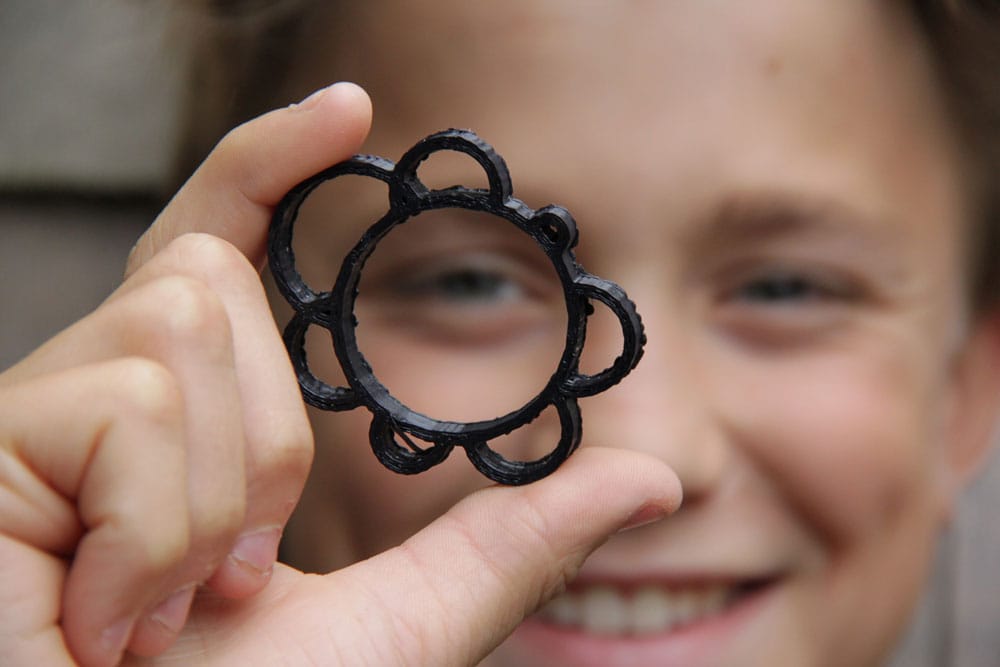
Visualizing physical activity through 3D printing to get children moving more and sitting less
Published
Wednesday, 15 March
Author
Mark Rosser
Categories
Blog
February
Share
Technology has boomed massively over the past decade with major advances in digital fabrication through 3D printing. These 3D printing advancements have allowed a new type of experimental and exciting research to emerge.
This content is restricted to BESA members
LoginNot yet a member?
Become a part of the BESA community and unlock exclusive business advantages, including:
- Trusted provider status to enhance your industry credibility
- Exclusive discounts on major exhibitions and events
- Access to vital sector insights with resources like the BESA Barometer and Compass reports
- Networking opportunities with industry leaders
- Exclusive business benefits designed to help your organisation thrive
Join now and take advantage of BESA's membership benefits to stay ahead in the industry.
Become a member